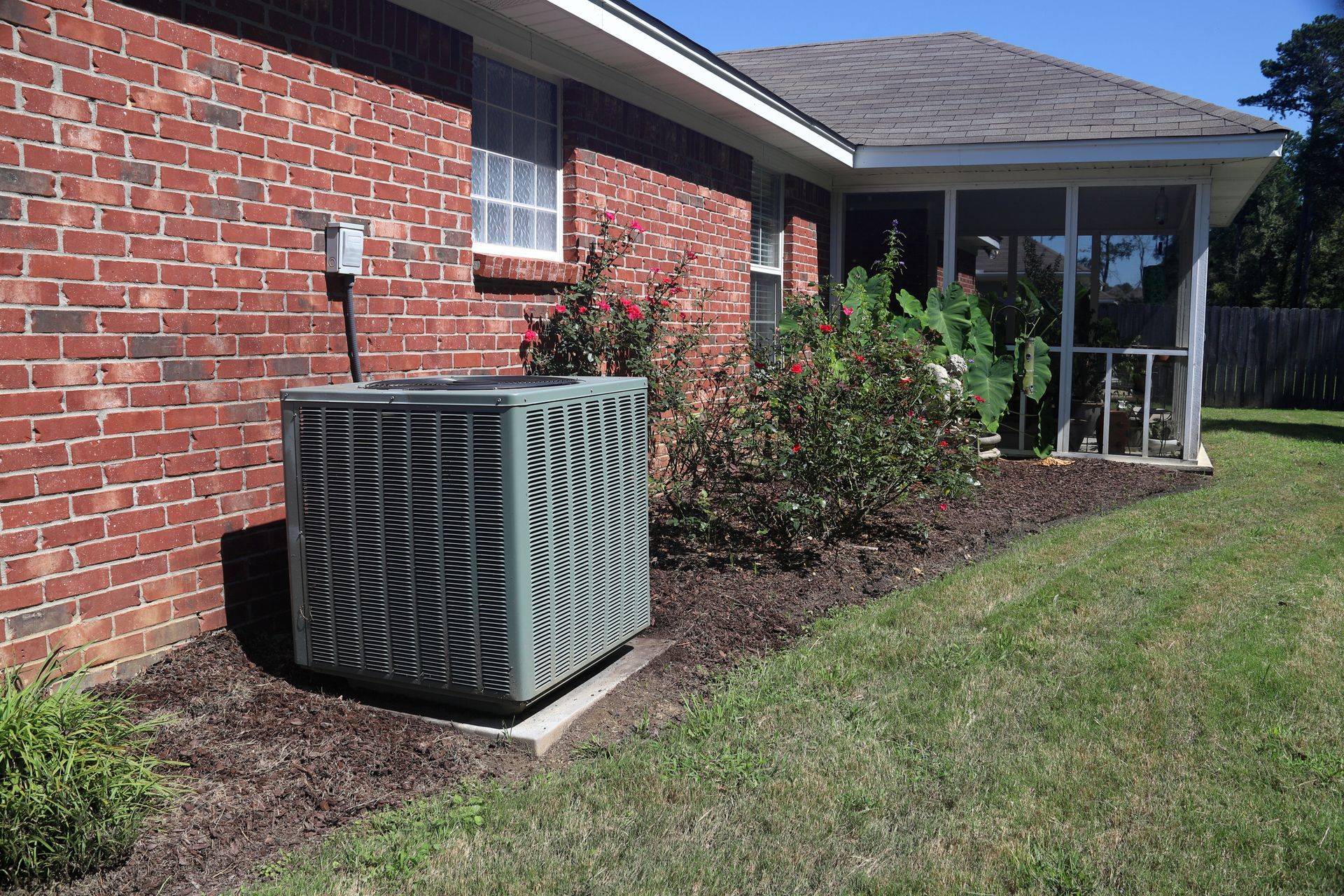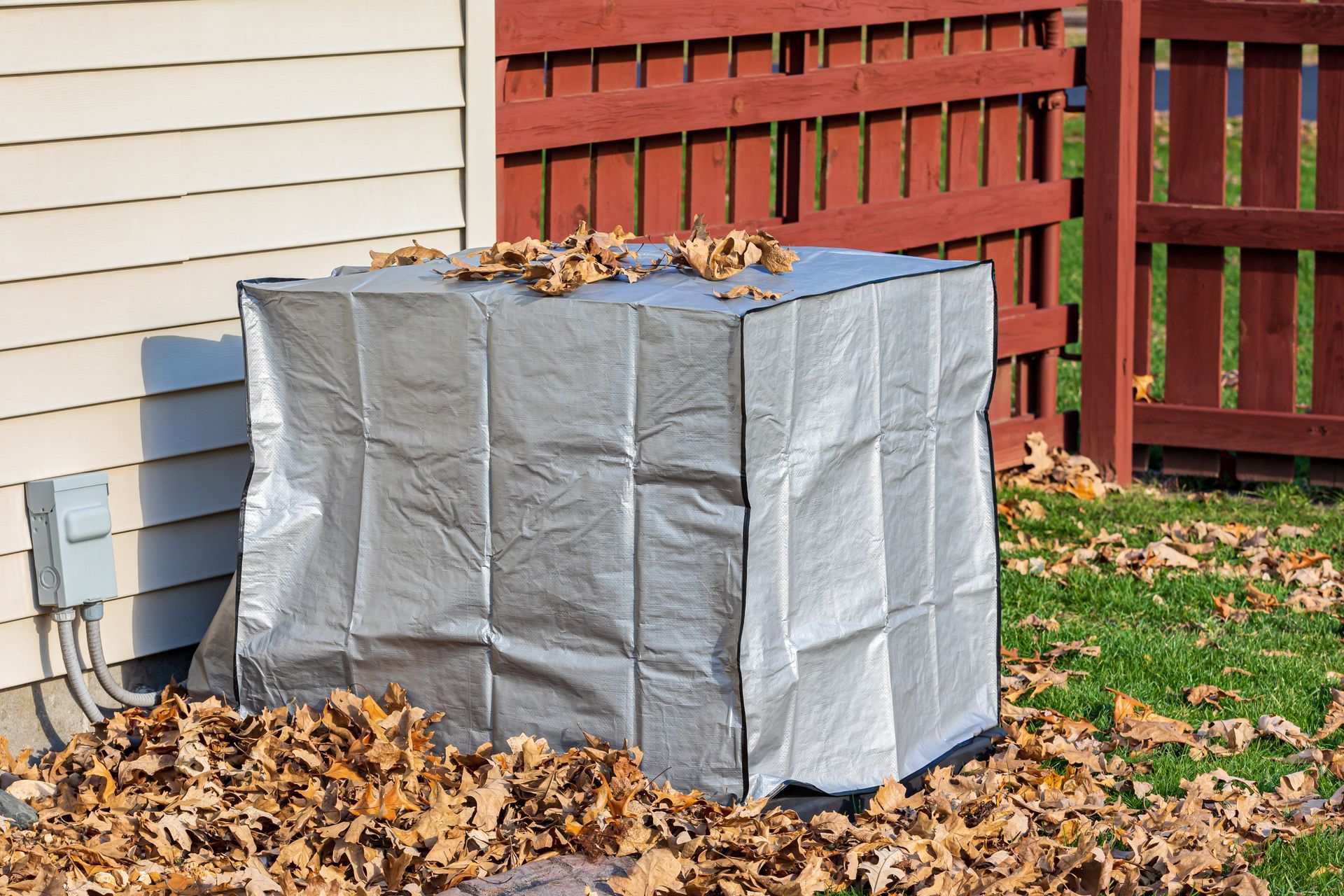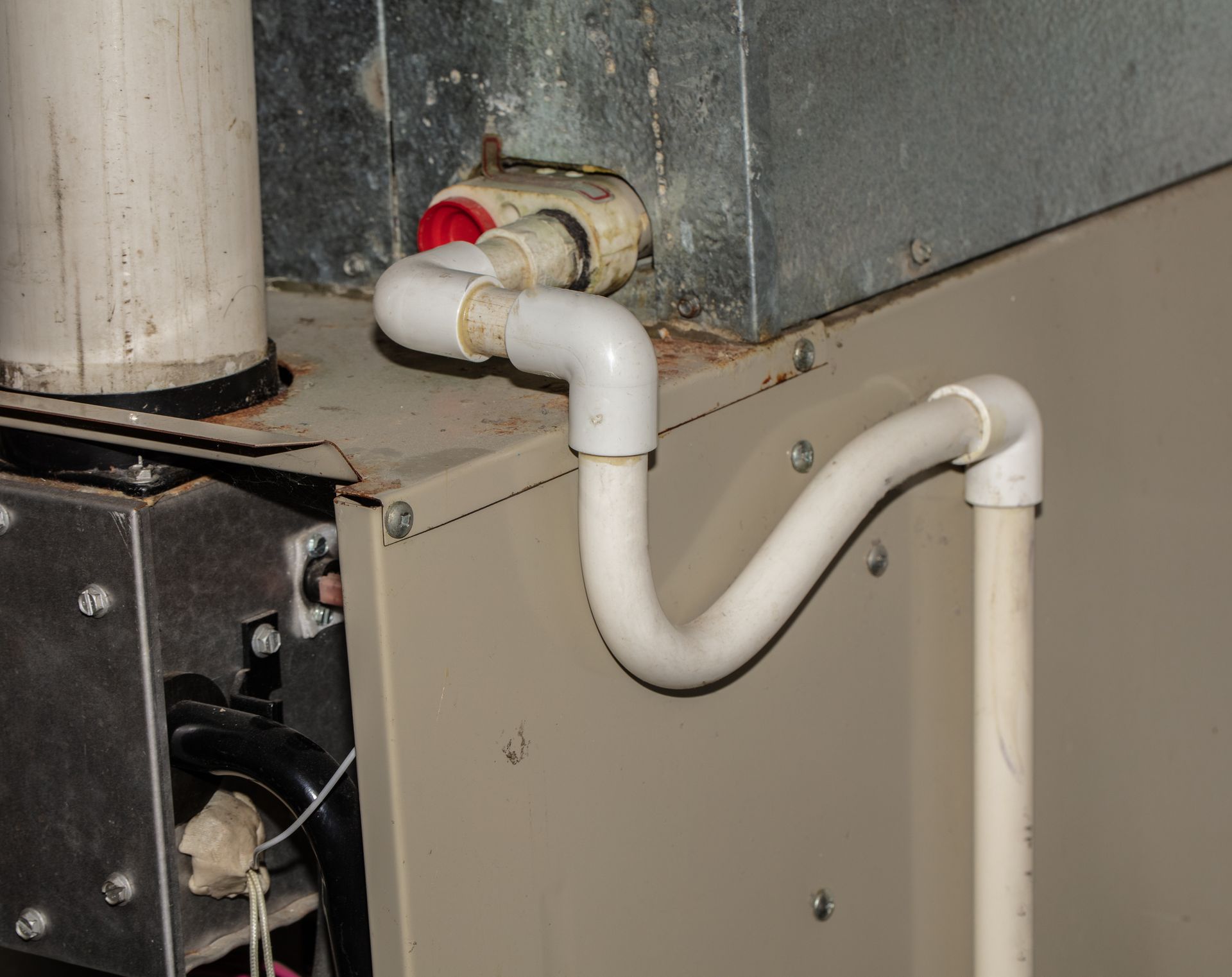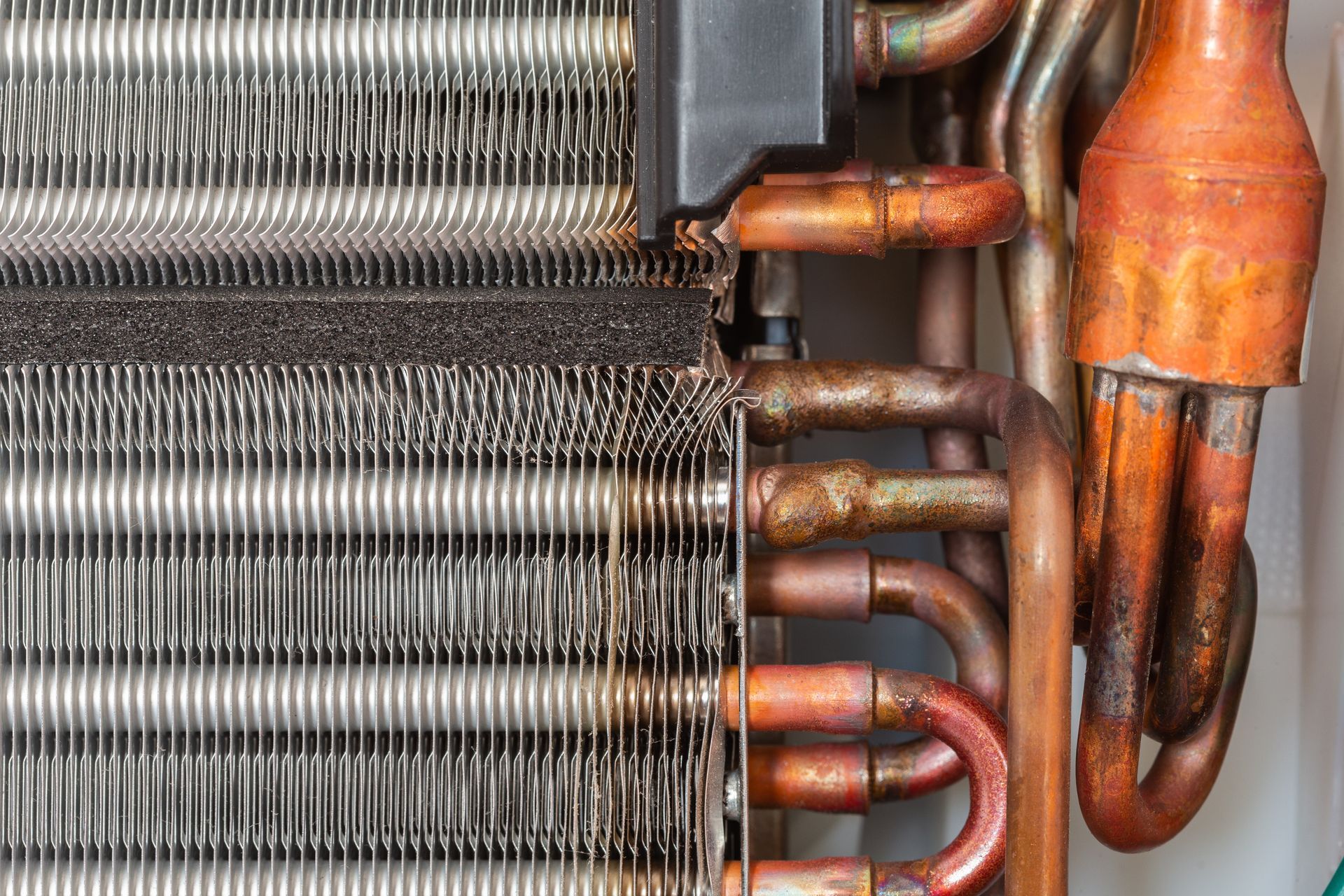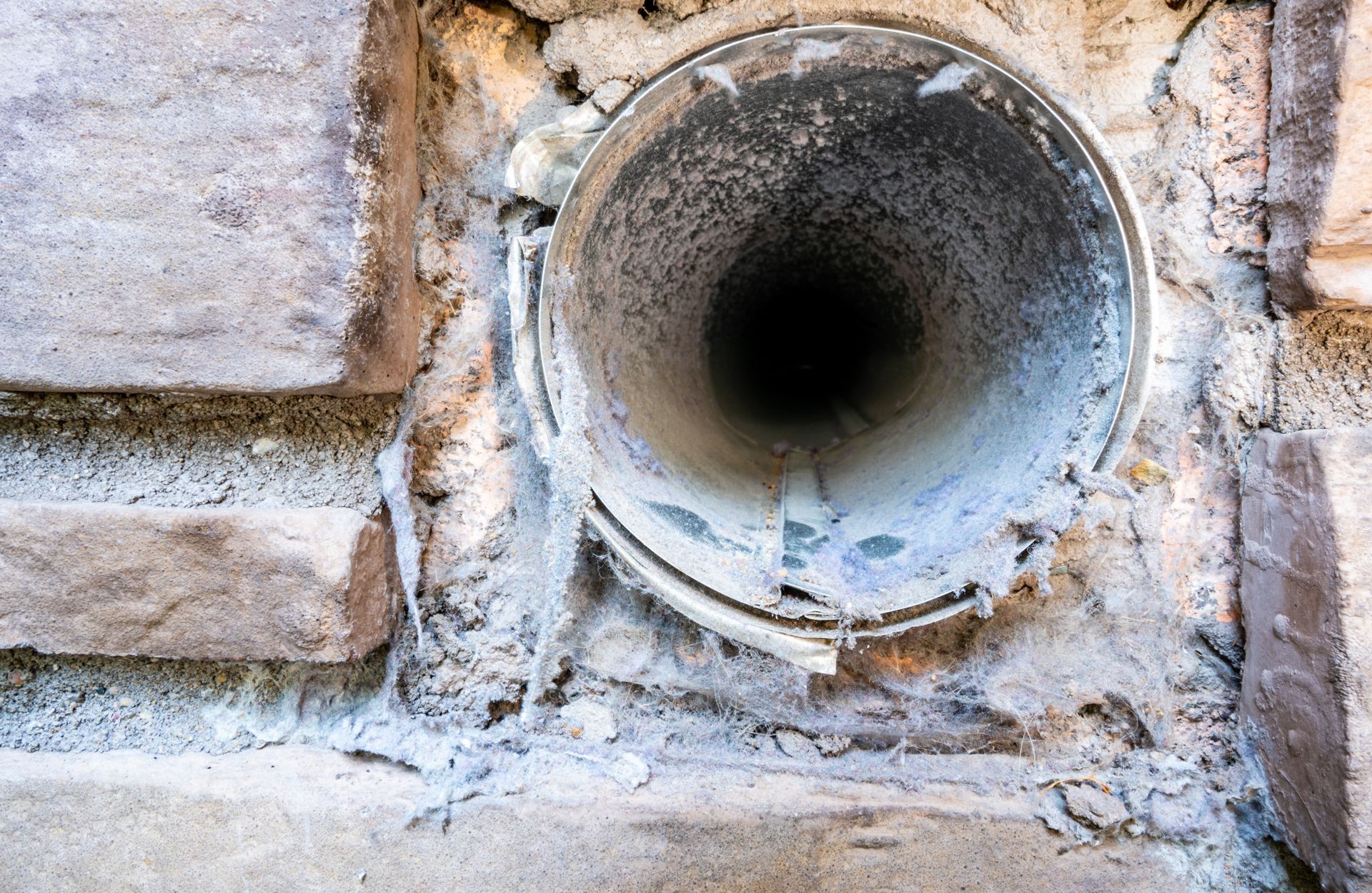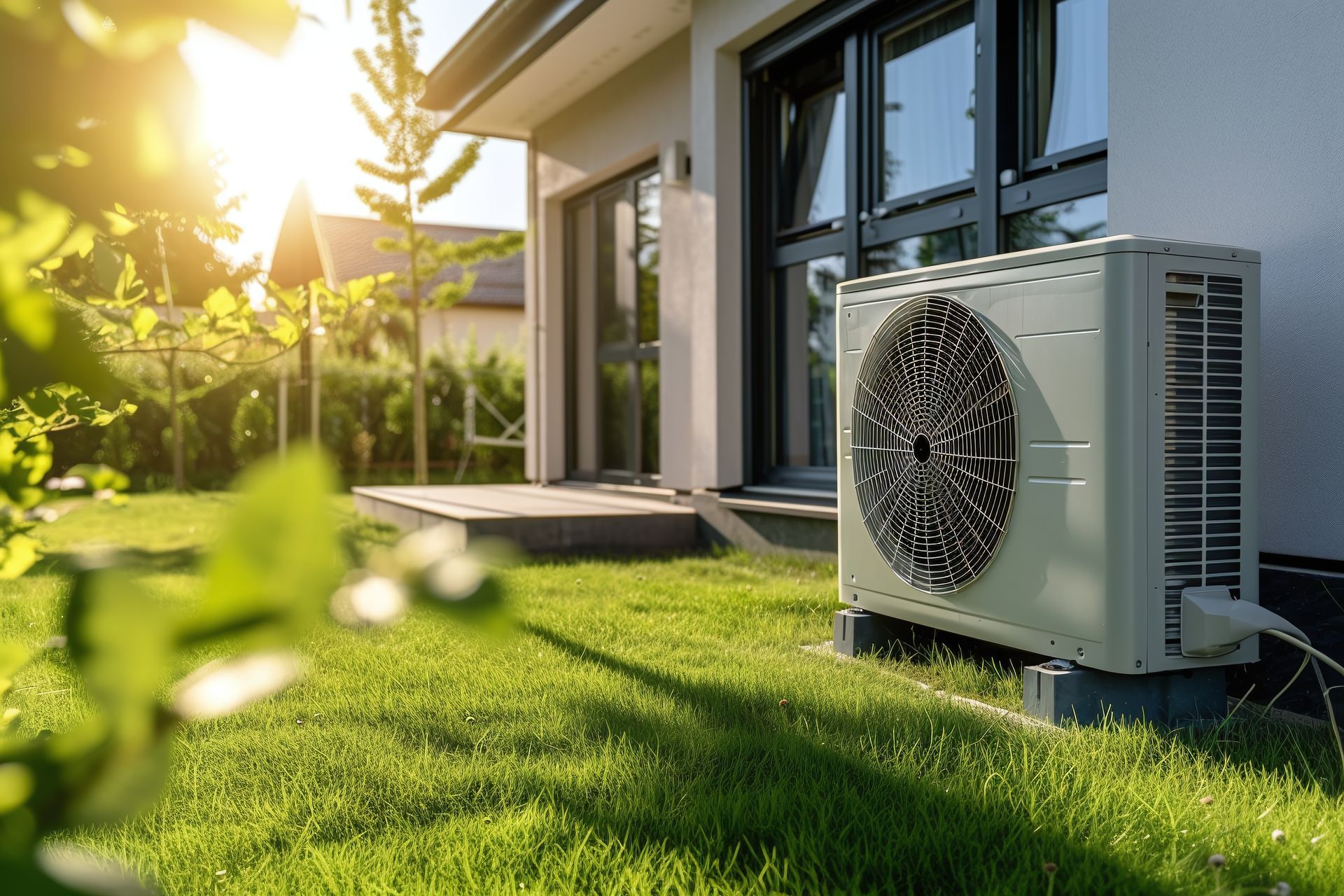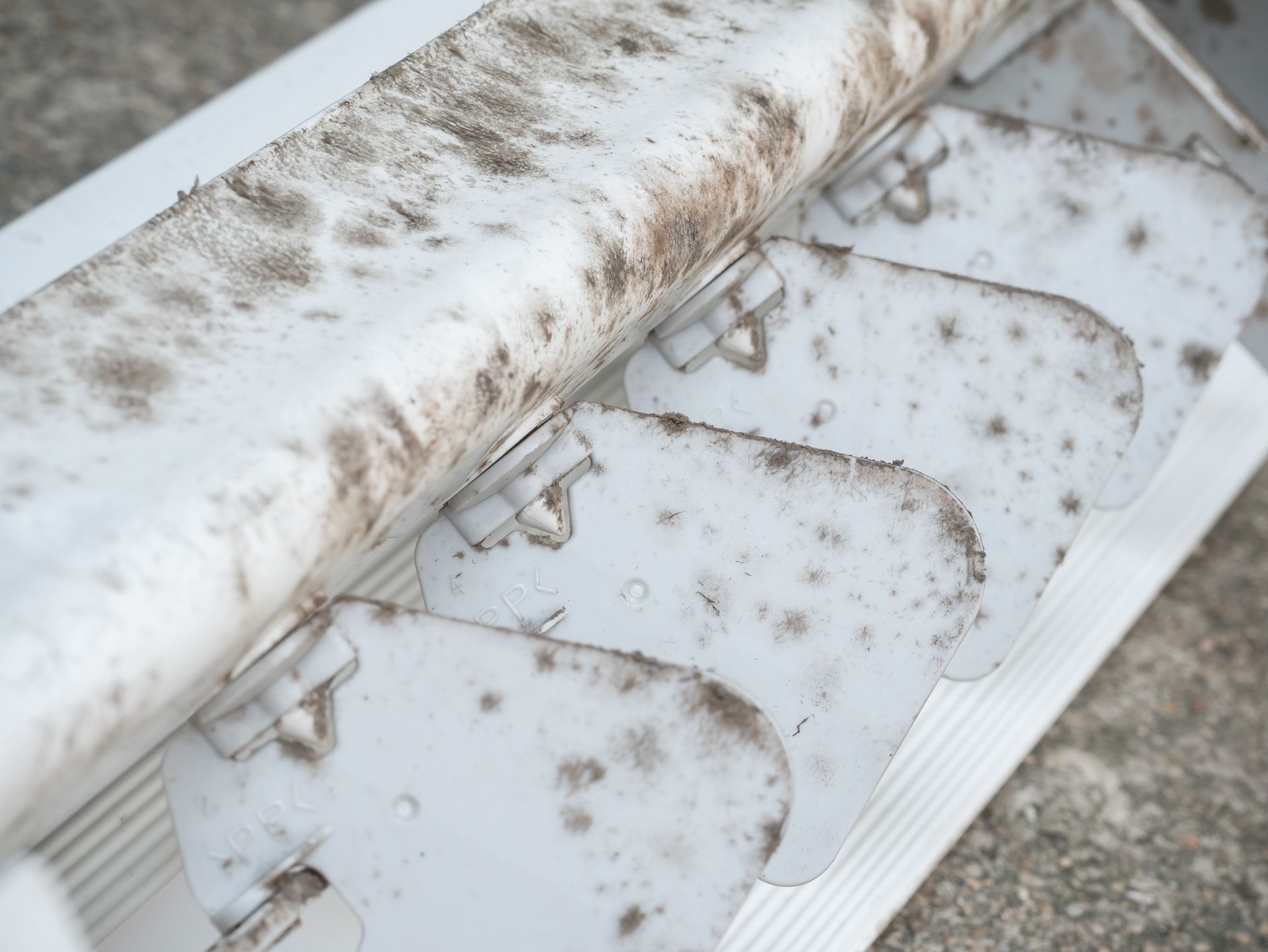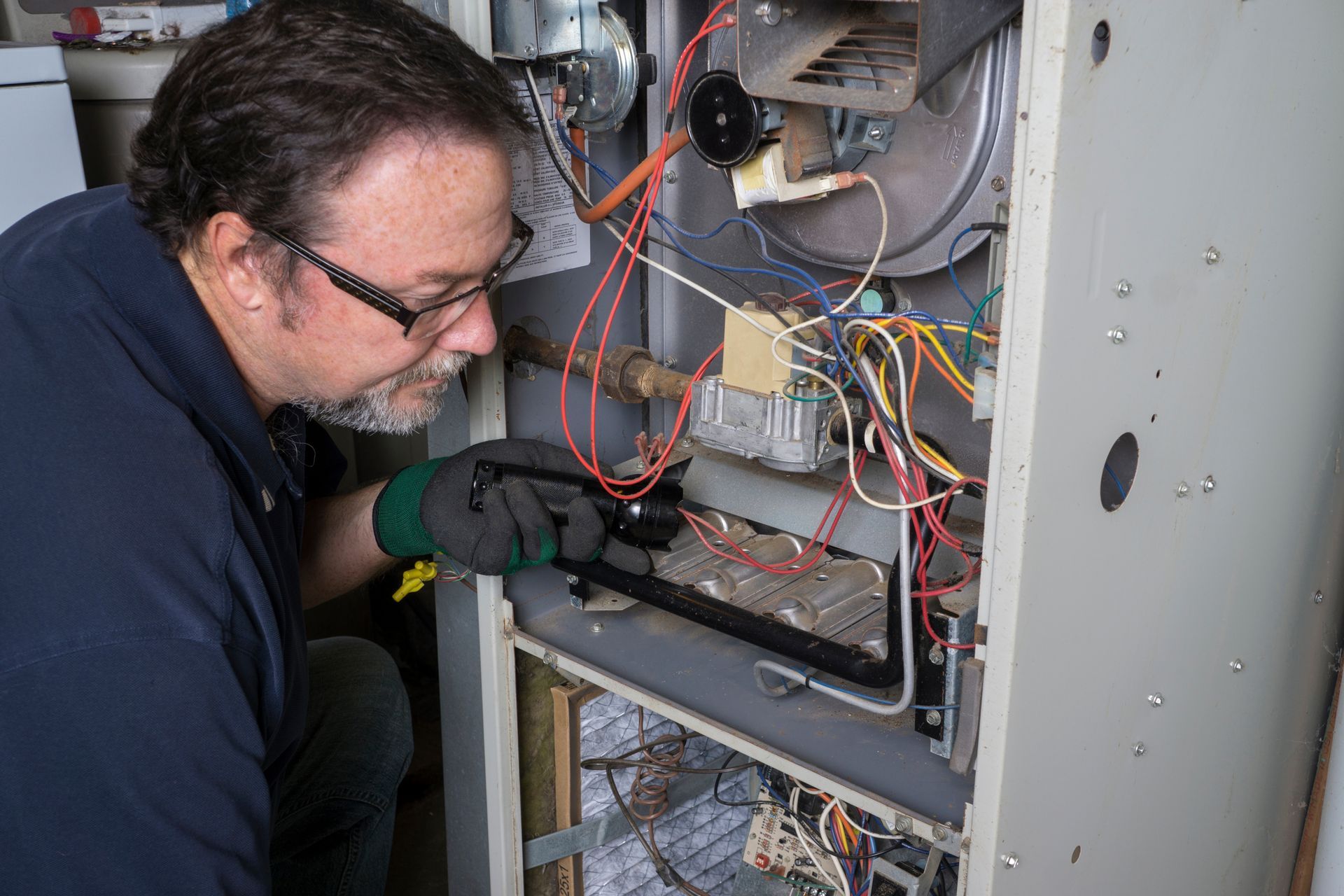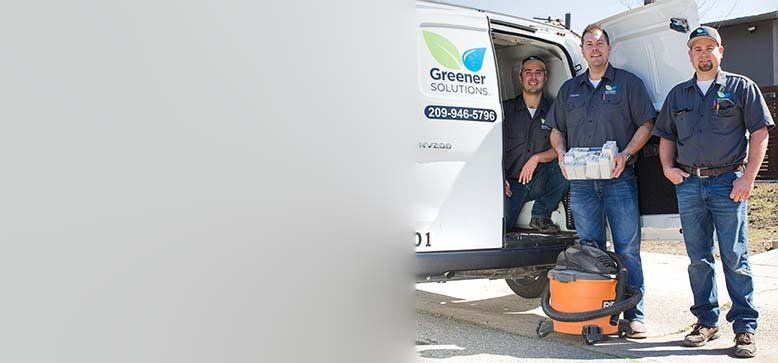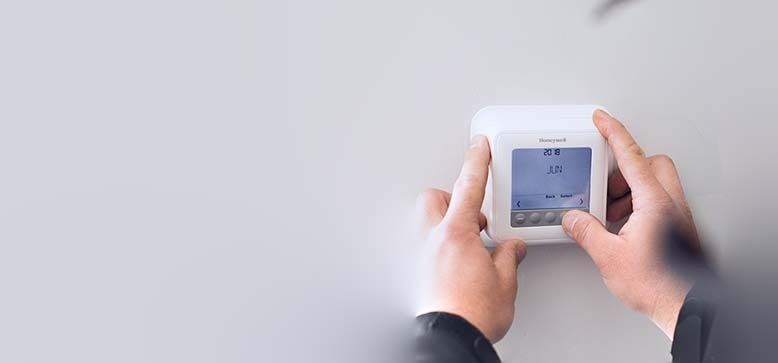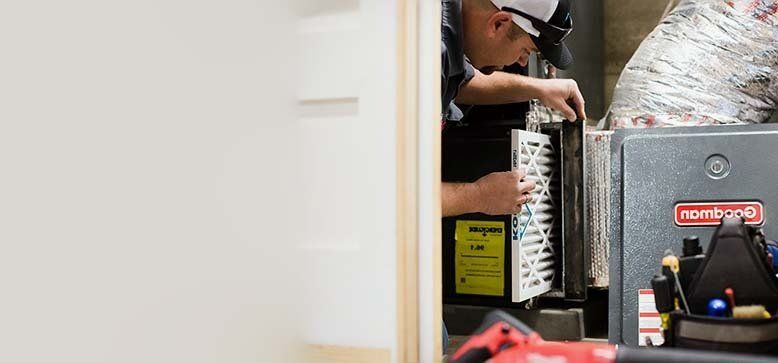How to Decrease the Humidity in Your Home
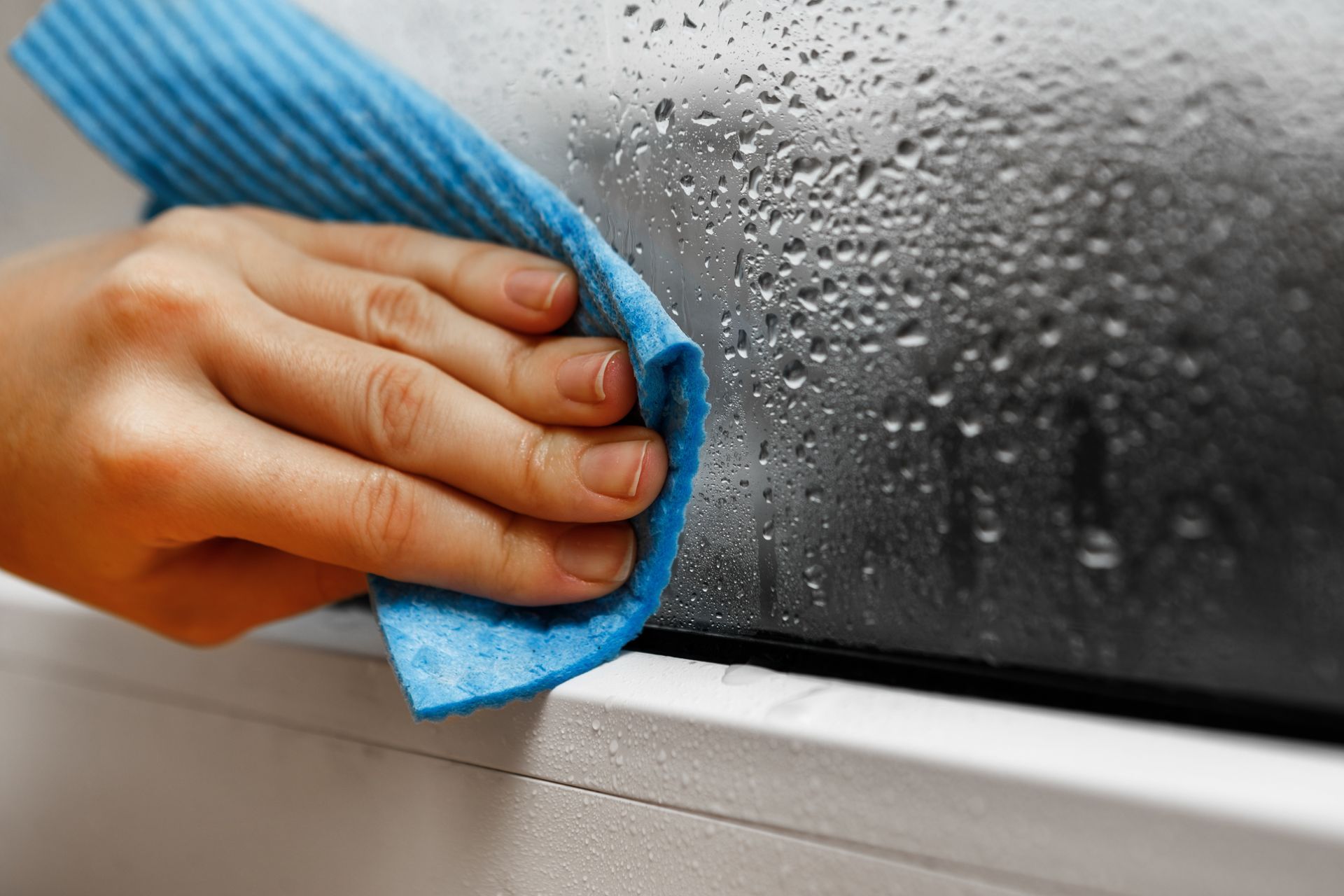
Moisture content in the air plays a vital role in shaping our indoor environment as it significantly influences both personal comfort and the well-being of our living areas. This atmospheric moisture, quantified as humidity, fluctuates based on various factors including temperature changes and other environmental conditions. While some moisture in the air is necessary, excessive humidity can lead to a host of problems, from personal discomfort to potential damage to your home's structure. Understanding and controlling indoor humidity levels is essential for maintaining a pleasant, healthy atmosphere and protecting your property from moisture related issues. In this guide, we'll explore the importance of managing humidity, identify ideal moisture levels, and provide effective strategies to reduce excess humidity in your home. Whether you're dealing with muggy southern summers or year round moisture concerns, these insights will help you create a more comfortable and healthier living environment.
Why is Lowering Indoor Humidity Important?
Lowering indoor humidity is crucial for maintaining a healthy, comfortable, and structurally sound home environment. Excessive moisture in the air can lead to a cascade of issues that affect both your living space and personal well-being. When humidity levels consistently exceed 60%, it creates an ideal breeding ground for mold, mildew, and dust mites which can trigger allergies and respiratory problems. High humidity can also cause visible damage to your home, resulting in peeling wallpaper, warping wood floors, and even compromising the structural integrity of wooden elements over time. The damp atmosphere can also result in unpleasant musty odors and make your living space feel uncomfortably sticky and warm. By controlling indoor humidity, you not only protect your home from potential damage but also create a more pleasant, healthier atmosphere for you and your family, while also reducing energy costs associated with cooling your home in humid conditions.
What is the Ideal Humidity Range?
The ideal indoor humidity range is a delicate balance that promotes both comfort and health while protecting your home from moisture related damage. Experts in the HVAC industry generally recommend maintaining indoor relative humidity levels between 30% and 50%. This specified range is deemed ideal for multiple important reasons. At these levels, the air feels comfortable without being too dry or too moist. This humidity range also inhibits the growth of common household allergens such as dust mites, mold, and mildew which thrive in more humid environments. Keeping humidity within this sweet spot can improve sleep quality, reduce the risk of respiratory problems and allergies, and safeguard your home against condensation buildup on windows and walls. It's worth noting that during colder months, you might aim for the lower end of this range to prevent condensation on cold surfaces, while in warmer weather the higher end of this range can still feel comfortable without promoting mold growth.
Best Ways to Reduce Humidity Indoors
Controlling indoor humidity is essential for a comfortable and healthy home environment. Here are some of the most effective ways to reduce humidity levels inside your house:
- Utilize your air conditioning system: AC units not only cool the air but also remove excess moisture which helps to maintain optimal humidity levels. Ensure your system is properly sized for your home and well maintained for maximum efficiency.
- Improve ventilation: Use exhaust fans in bathrooms and kitchens and open windows when outdoor humidity is lower to promote air circulation. Good ventilation helps remove moisture laden air and replaces it with drier air from outside.
- Invest in a dehumidifier: These devices are specifically designed to extract moisture from the air which makes them ideal for particularly humid areas of your home. Evaluate the benefits of both standalone units for targeted area treatment and integrated whole-home solutions that work in tandem with your existing HVAC system for comprehensive moisture management.
- Address water issues: Fix leaks, clean gutters, and ensure proper drainage around your home's foundation to prevent excess moisture from entering. Regularly inspect your home for signs of water damage or intrusion as these can significantly contribute to indoor humidity.
- Use moisture absorbing products: Place items like silica gel, charcoal briquettes, baking soda, or rock salt in humid areas to naturally absorb excess moisture. These can be particularly effective in small, enclosed spaces like closets or bathrooms.
- Seal your home: Use weatherstripping around doors and windows and caulk any cracks to prevent humid air from entering. Implementing this strategy not only addresses moisture concerns but also enhances the overall thermal efficiency of your living space.
- Modify daily habits: Take cooler showers, cover pots while cooking, and dry clothes outside, to reduce indoor moisture production. Small changes in daily routines can have a significant cumulative effect on indoor humidity levels.
- Maintain your HVAC system: Regularly clean or replace filters to ensure efficient operation and moisture removal. Arrange for expert system checks and tune-ups at least once per year to ensure your equipment continues to function at its highest capacity.
- Improve crawlspace conditions: Install vapor barriers and ensure proper ventilation in crawlspaces to prevent ground moisture from affecting your home. Consider encapsulation for severe moisture issues in crawlspaces.
- Relocate houseplants: Consider moving moisture releasing plants outdoors temporarily during particularly humid periods. If keeping plants indoors, group them in well-ventilated areas and avoid overwatering.
- Use fans strategically: Ceiling and portable fans can help circulate air and distribute humidity more evenly throughout your home. Proper air circulation prevents pockets of stagnant, humid air from forming.
- Monitor humidity levels: Use a hygrometer to keep track of indoor humidity and take action when levels rise above the recommended range. Regular monitoring allows you to address humidity issues before they become severe problems.
- Turn off certain appliances: Humidifiers and other moisture producing appliances can contribute to high indoor humidity. Be mindful of which appliances are running and their impact on your home's moisture levels.
- Check rugs and carpets for moisture: Regularly inspect and clean your floor coverings, as they can trap moisture and become breeding grounds for mold and mildew. Consider replacing wall-to-wall carpeting with hard flooring in particularly humid areas.
- Keep dryer vents clear: Ensure your clothes dryer is vented directly outside and that the vent is free from obstructions. A clogged dryer vent can release significant amounts of moisture into your home.
- Enhance thermal barriers: Effective insulation promotes uniform temperature distribution throughout your residence, minimizing the risk of moisture condensation on cooler surfaces. Pay special attention to insulating exterior walls, attics, and basements to prevent moisture buildup.
Signs You Have a Humidity Problem Inside Your Home
Recognizing the signs of excessive indoor humidity is crucial for maintaining a healthy and comfortable living environment. By identifying these indicators early, you can take prompt action to address the issue and prevent potential damage to your home and health. Here are the key signs that suggest you may have a humidity problem inside your home:
- Condensation on surfaces: Look for water droplets forming on windows, mirrors, or cold water pipes. This occurs when warm, moist air comes into contact with cooler surfaces, indicating high humidity levels in your home.
- Mold and mildew growth: Inspect areas prone to moisture like bathrooms, kitchens, and basements for visible mold or mildew. These fungi thrive in humid conditions and can appear as dark spots or fuzzy growths on walls, ceilings, or other surfaces.
- Musty odors: Pay attention to any persistent, unpleasant smells in your home. Musty or damp odors often indicate the presence of mold or mildew growth, which are direct consequences of high humidity.
- Warping or damage to wood: Observe wooden surfaces, furniture, or flooring for signs of warping, swelling, or separation. Excessive moisture in the air can cause wood to absorb water and change shape over time.
- Peeling wallpaper or paint: Inspect your walls for any signs of peeling wallpaper or bubbling paint. High humidity can weaken adhesives and cause these surface materials to separate from the wall.
- Increased allergy symptoms: Notice if you or your family members experience more frequent or severe allergy symptoms indoors. High humidity can create an environment conducive to dust mites and mold spores which are common allergens that thrive in moist conditions.
- Moisture induced discoloration: Examine your walls and ceilings for any unusual spots or linear marks that might indicate water damage. These stains may indicate water seepage or condensation issues caused by high humidity levels.
- Foggy windows: Observe your windows for persistent fogginess or moisture between double-paned glass. This can be a sign of excess humidity in your home, especially if it occurs even when temperatures are moderate.
- Clammy or sticky feeling: Pay attention to how the air feels on your skin when you're indoors. A persistent clammy or sticky sensation can indicate that the air contains too much moisture.
- Rusting metal surfaces: Inspect metal objects, fixtures, or appliances for signs of rust or corrosion. High humidity can accelerate the oxidation process, leading to premature rusting of metal surfaces.
- Increased pest activity: Be aware of any sudden increase in pests like silverfish, cockroaches, or centipedes. These insects are attracted to damp environments and their presence may indicate elevated humidity levels in your home.
When To Contact an HVAC Specialist to Help with Your Humidity Problem
While many humidity issues can be addressed with DIY methods, certain situations call for the expertise of an HVAC specialist. Knowing when to seek professional help can save you time, money, and potential health risks in the long run. Here are key scenarios when you should consider contacting an HVAC specialist to address your humidity problem:
- Persistent high humidity: If your efforts to reduce indoor humidity levels have been unsuccessful despite trying multiple solutions.
- Mold or mildew infestations: When you discover extensive mold growth, especially in hard to reach areas or within your HVAC system.
- Structural concerns: If you suspect humidity related damage to your home's structure, such as warped wood or compromised foundations.
- HVAC system inefficiency: When your heating and cooling system struggles to maintain comfortable humidity levels or shows signs of malfunction.
- Recurring condensation issues: If you notice persistent condensation on windows, pipes, or other surfaces even after addressing obvious moisture sources.
- Unexplained allergy symptoms: When household members experience increased allergy symptoms that may be linked to high humidity levels.
- Musty odors that won't dissipate: If unpleasant, damp smells persist despite your best efforts to eliminate them.
- Energy bill spikes: When you notice a sudden increase in energy costs that may be related to your HVAC system working harder to manage humidity.
- Complex whole-home solutions: If you're considering installing a whole house dehumidification system or making significant changes to your HVAC setup.
- Regular maintenance: As part of your home's routine care, having an HVAC specialist perform annual check-ups can prevent humidity issues before they start.
By recognizing these situations and seeking timely professional assistance, you can effectively manage your home's humidity levels and ensure a comfortable, healthy, and well-maintained living environment.
Contact Greener Solutions if You Are Dealing with High Humidity Inside Your Home
If you're struggling with high humidity in your home, don't let the problem persist and potentially cause damage to your property or affect your health. Greener Solutions is here to help you tackle your indoor humidity issues with expert knowledge and advanced solutions. Our team of experienced HVAC specialists can assess your unique situation, identify the root causes of excess moisture, and implement effective strategies to create a more comfortable and healthier living environment. Whether you need a simple fix or a comprehensive humidity control plan, we have the skills and equipment to address your concerns. Don't hesitate to reach out to Greener Solutions today for a consultation. Let us help you breathe easier and protect your home from the adverse effects of high humidity. With our professional assistance, you can enjoy optimal indoor comfort and peace of mind all year round.
High Humidity FAQs
What is the fastest way to lower indoor humidity?
The fastest way to lower indoor humidity is to use a dehumidifier, which can quickly extract moisture from the air. For immediate relief, you can also turn on your air conditioning system, as it naturally removes humidity while cooling the air. Additionally, running exhaust fans in bathrooms and kitchens can help expel moist air rapidly after activities that generate steam or vapor.
What causes too much humidity in a house?
Excessive humidity in a house can be caused by various factors, including poor ventilation, water leaks, and everyday activities like cooking, showering, and drying laundry indoors. External sources such as a damp basement, crawl space, or high outdoor humidity can also contribute to indoor moisture problems. Additionally, an improperly sized or malfunctioning air conditioning system may fail to remove adequate amounts of moisture from the air which can lead to elevated indoor humidity levels.
What absorbs humidity in a house?
Several materials and products can effectively absorb humidity in a house. Desiccants like silica gel packets, activated charcoal, and calcium chloride are particularly effective at removing moisture from the air in small spaces. Natural materials such as wood, salt, and certain houseplants can also help absorb excess humidity. For larger areas or more significant humidity issues, dehumidifiers are the most efficient solution as they actively pull moisture from the air and collect it in a reservoir to be discarded later.
Do fans reduce humidity?
Fans themselves don't directly reduce humidity, but they can help manage moisture levels by improving air circulation. By moving air around, fans can prevent the formation of damp, stagnant areas where moisture tends to accumulate, and they can help evaporate existing moisture on surfaces more quickly. When used in conjunction with other humidity reducing methods, such as opening windows or running a dehumidifier, fans can enhance the overall effectiveness of your efforts to control indoor humidity.

